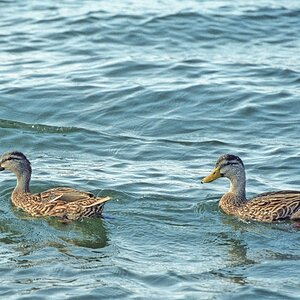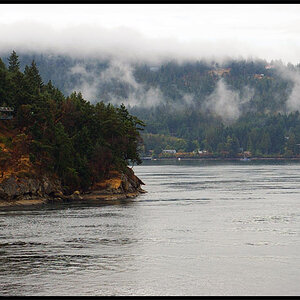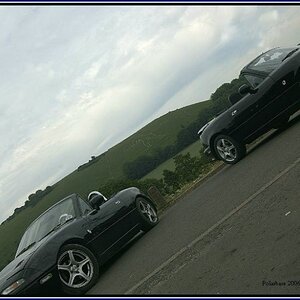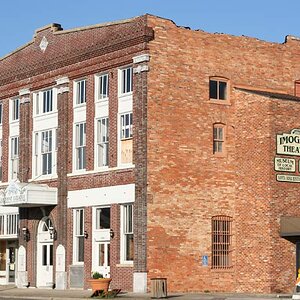gryffinwings
No longer a newbie, moving up!
- Joined
- Apr 28, 2012
- Messages
- 553
- Reaction score
- 48
- Location
- San Diego, CA
- Can others edit my Photos
- Photos NOT OK to edit
I shoot both because it's convenient, since my wife likes to take a lot of my pictures for Facebook, which means I have to have better camera settings when I shoot, which might mean I don't need to edit some pictures. So auto distortion control can be useful.Yeah but who shoots in JPG? Almost every camera out there does that including a bunch of point and shoots.You guys know that newer Nikon cameras have Auto Distortion control to correct for barrel and pin cushion distortion?





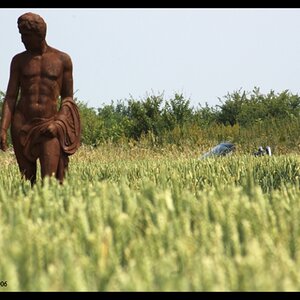

![[No title]](/data/xfmg/thumbnail/33/33360-ff0b69685c94740bde3f53b6d7aa9af1.jpg?1619735924)

